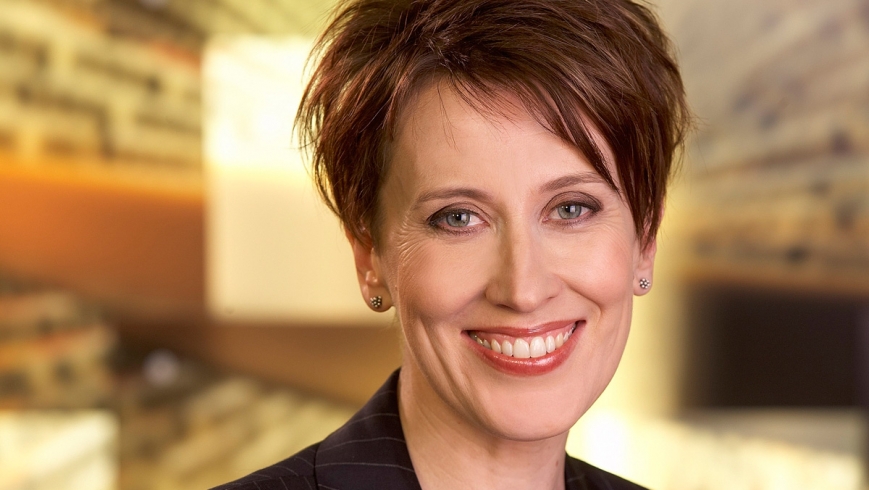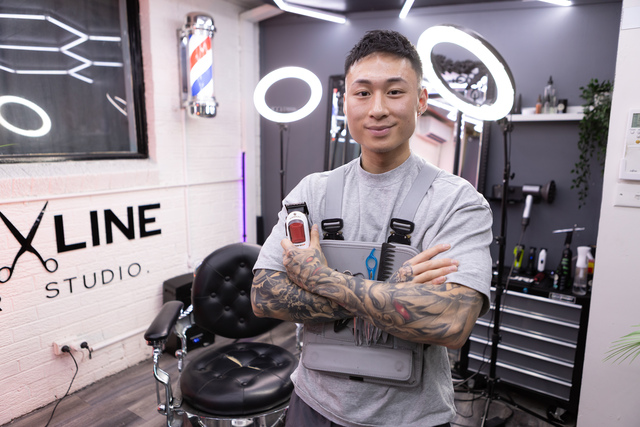On any given day, in any random week, I could find you a university-verified, peer-reviewed study to support pretty much any orthodox – or unorthodox – medical consensus that you might be after. Drinking and longevity; hormone treatment and cancer; drinking and cancer; sun exposure and cancer. Well, anything and cancer, really: for our generation, this is the true fear that drives our feet.
So, when another cheerful medico fronted us on ABC News Breakfast the other day to mildly chide us for avoiding the sun when we really should be exposing ourselves to full sun every day in winter to avoid dangerously low levels of vitamin D, I actually wanted to poke him in the eye.
Instead, I told him as calmly as I could that people like him were driving me completely mad.
For years I have been neurotically covering up. For how long now has the slip/slop/slap message been the mantra of this sun-loving country? Fear of the sun is now so ingrained that I know young people who won’t even go outside without putting sunblock on the back of their hands (The first signs of ageing can be spotted on the back of your hands, don’t you know?). You will simply never see a child with a bare head in any formally organised outside setting: the legionnaires hat, with its anxiously protective rear flap, is an Australian child’s constant companion. Kids wear full-length rash suits at all times. And even in winter, when the sun fights its way out from behind a morass of grey, we duck for cover, as we have been admonished we should.
Well, turns out we shouldn’t. We actually need 10-20 minutes of full sun every day in winter to stave off vitamin D deficiency – no sunblock, no hat. And it’s not bad for banishing winter blues, either.
Well, derr, Fred, as we used to say in Nunawading. When our mothers shooed us outside to “get some sun on your heads” during the long winter months it was more than instinct at work. Balancing this is the irrefutable evidence that sun damage leads to skin cancers, and that melanoma is still a significant cause of death in this country. So while the winter vitamin D message is good, it is unfortunately a rather obscure one, a contradictory one and a late-arriving one. The trouble now is that the messages will get so hopelessly mixed that god knows what people will consider to be safe sun exposure. Half an hour of full sun every day? Ah, that sounds about right!
What frustrated me most about this change in public health messaging is that the winter sun exposure issue is not as straightforward as the advocates would have you believe. According to one leading dermatologist, if someone has had skin cancer – even the old BCC (basal cell carcinoma) kind – that advice may not be sound. Often such cancers are found on the face, and for those people it’s still advisable that they protect their face and perhaps get that winter sunshine on their arms. Or even think about vitamin D supplements instead.
So how’s that for a highly complicated, message? Add the usual “if you are unsure, seek individual medical advice” disclaimer and you’re well on the way to terminally confusing what has been a very effective and important public health message about the dangers of the Australian sun.
As for me, I’m going to leave my hat on.
Virginia Trioli is co-host of ABC News Breakfast on ABC1 and ABC News 24, 6-9am weekdays.







